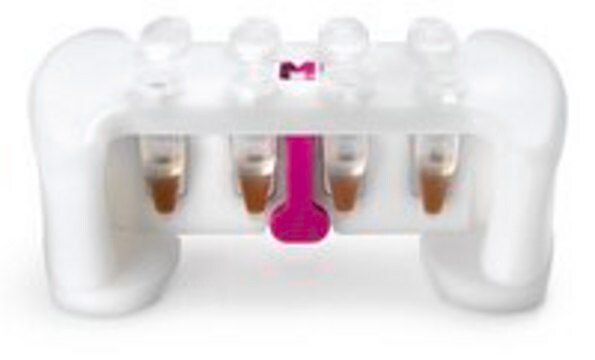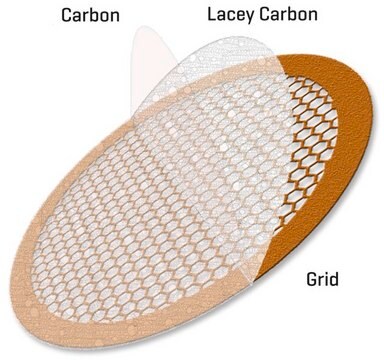MABE1791M
Anti-KAT2A (GCN5) Antibody, clone 2GC-2C11
clone 2GC-2C11, from mouse
Sinónimos:
Histone acetyltransferase KAT2A, EC: 2.3.1.48, General control of amino acid synthesis protein 5-like 2, Histone acetyltransferase GCN5, HsGCN5, Lysine acetyltransferase 2A, STAF97
About This Item
Productos recomendados
biological source
mouse
Quality Level
antibody form
purified antibody
antibody product type
primary antibodies
clone
2GC-2C11, monoclonal
species reactivity
human, mouse
packaging
antibody small pack of 25 μg
technique(s)
immunoprecipitation (IP): suitable
western blot: suitable
isotype
IgG1κ
NCBI accession no.
UniProt accession no.
target post-translational modification
unmodified
Gene Information
human ... KAT2A(2648)
General description
Specificity
Immunogen
Application
Immunoprecipitation Analysis: A representative lot detected KAT2A (GCN5) in Immunoprecipitation applications (Brand, M., et. al. (2001). EMBO J. 20(12):3187-96).
Western Blotting Analysis: A representative lot detected KAT2A (GCN5) in Western Blotting applications (Riss, A., et. al. (2015). J Biol Chem. 290(48):28997-9009; Helmlinger, D., et. al. (2006). PLoS Biol. 4(3):e67; Brand, M., et. al. (2001). EMBO J. 20(12):3187-96).
Quality
Western Blotting Analysis: 2 µg/mL of this antibody detected KAT2A (GCN5) in 10 µg of HeLa cells nuclear extract.
Target description
Physical form
Other Notes
¿No encuentra el producto adecuado?
Pruebe nuestro Herramienta de selección de productos.
Storage Class
12 - Non Combustible Liquids
wgk_germany
WGK 1
flash_point_f
Not applicable
flash_point_c
Not applicable
Certificados de análisis (COA)
Busque Certificados de análisis (COA) introduciendo el número de lote del producto. Los números de lote se encuentran en la etiqueta del producto después de las palabras «Lot» o «Batch»
¿Ya tiene este producto?
Encuentre la documentación para los productos que ha comprado recientemente en la Biblioteca de documentos.
Nuestro equipo de científicos tiene experiencia en todas las áreas de investigación: Ciencias de la vida, Ciencia de los materiales, Síntesis química, Cromatografía, Analítica y muchas otras.
Póngase en contacto con el Servicio técnico







